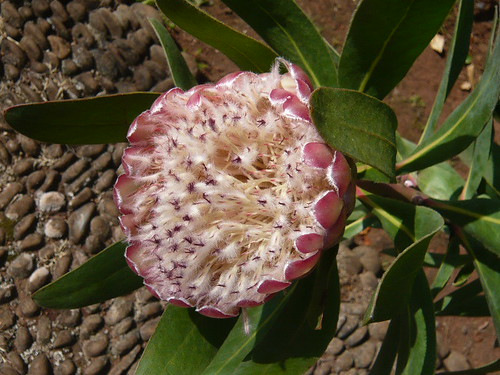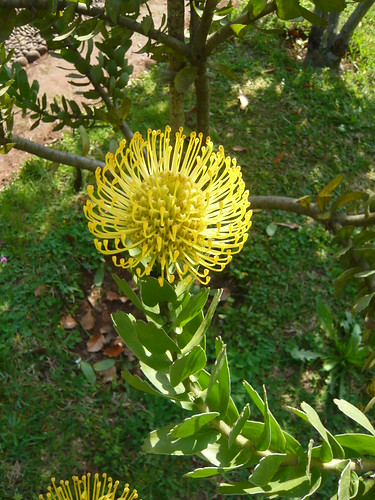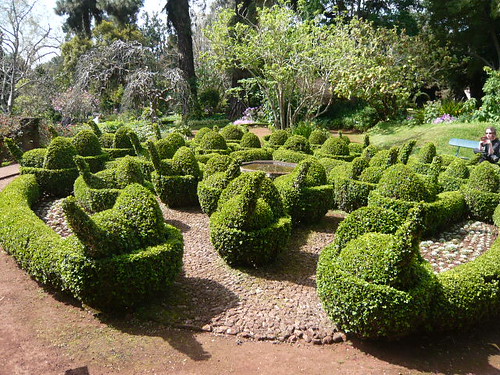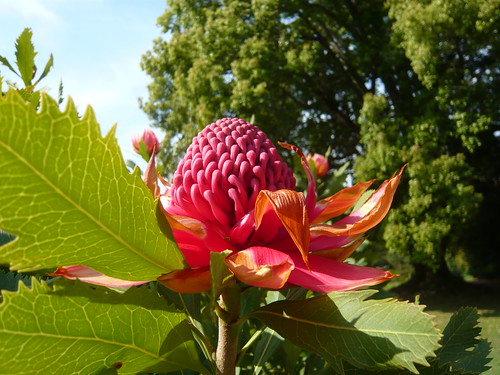Plants from Madeira
Seductive plants from Madeira are best viewed on the island but it is tempting to bring some how as bulbs or plants. I avoid bringing plant material home as it may bring back pest and disease. As a Yorkshireman I don’t want to loose my money and the plant markets are just tourist ‘come and buy me’ traps.
Monte Palace Tropical Garden
- 3 Miles from Funchal at Monte there is a tropical garden dating back to the 18th century. You can access it by 21st century cable car and return on the toboggans.
- 70,000 square meters of garden include Proteas, Cycads, Acaias, Sequoias and Azaleas representing all the continents.
- Close by is the wilder area of the Laurissilva Forest a Unesco world heritage site.
Quinta do Palheiro Ferreiro Gardens
- The gardens, owned by the Blandy family since 1885, boasts some of the most valuable and rare exotic plants on the island.
- The gardens specialise in splendid Camellia varieties which you will be able to admire to its full extent during the main flowering season between November and April.
- There is also topiary, great trees and views down into Funchal.
- Quinta do Bom Sucesso was a private Quinta belonging to the Reid’s family. This has been the Government owned botanic garden since 1960. – where the climatic conditions are much in favour of exuberant vegetation.
- The Botanical Garden boasts more than 2000 different plants.
- Throughout the gardens visitors can find the plants labeled with their scientific names, common name and origin.
- There are five distinct areas to visit including, Indigenous and endemic, Tree Garden, Succulents, Tropical/Cultivated/Aromatic/Medicinal and The Loiro Park which has some of the most exotic and rare birds.
There are several other gardens to visit during a holiday on the Island. The walks in the country also provide ample opportunity to see a wide range of flowers, trees and plants in their natural habitats.



